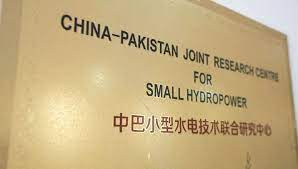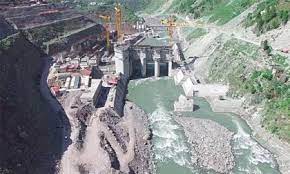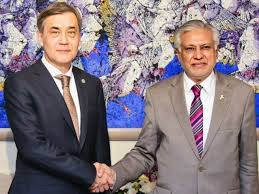China-Pakistan small-scale hydropower cooperation injecting energy into Pakistan’s green development

China Economic Net
Islamabad: The development of small-scale hydropower can not only solve the problem of electricity consumption of local residents, but also help in developing small local industries, increasing local taxes after being incorporated into the national power grid, and regulating the local ecological climate. China-Pakistan small hydropower cooperation is injecting energy into Pakistan’s green economic development.
The above views were expressed by Wang Chunping, chairperson of Heroboss Technology group, in a recent interview with China Economic Net. Heroboss Technology is mainly engaged in scientific and technological cooperation with the Pakistani Ministry of Science and Technology and local energy institutes. It is responsible for setting up the S&T cooperation platform between the two countries in the China-Pakistan small hydropower joint research center, connecting the joint discussions of Chinese state-owned enterprises in Pakistan, and promoting the integrated S&T development.

The China-Pakistan Small-scale Hydropower Technology Joint Research Center is one of the first batch of joint laboratories under the “Belt and Road Initiative”. Since the implementation of the China-Pakistan “Belt and Road” joint laboratory on small hydropower technology in early 2021, 5 meetings have been held and consensus has been reached on small hydropower development. The energy exhibition hall has been completed and 80 percent of the equipment donated by China has arrived. It has also completed studies for the development of several small hydropower projects, and assisted in the compilation of relevant regulations for small hydropower projects in Pakistan.
Tan Bixuan, project manager of CGGC DASU hydropower project in Pakistan, consultant of the research center emphasized that the center is willing to carry out all technology transfer within the scope of national permits, so as to enable the iron brother to develop faster and better. He explained that “recently, we conducted a joint discussion with major enterprises involved in BRI on how to give full play to achieve more technological transformation.”
In Pakistan, hydropower projects under China-Pakistan Economic Corridor are in full swing. According to Wang, small hydropower development is more conducive to the economic development of poor mountainous areas than large-scale hydropower projects. 60% of rivers in Pakistan are tributaries with a partial annual water flow of 50 m3/s, a large height difference, and a kilometer-long length, allowing for multi-stage small hydropower development in natural conditions.
Pakistan is one of the countries hardest hit by climate change. Since mid-June 2022, multiple rounds of rainstorms have hit various provinces of Pakistan, causing severe flooding. Tan believes that S&T should be used to support Pakistan’s post-disaster reconstruction and fight climate change.
“For post-disaster reconstruction, we are actively studying and cooperating on mobile solar power houses, mobile energy storage systems and mobile communications. And there is a lot of room for cooperation between China and Pakistan in the field of renewable energy, including hydropower, such as small hydropower development in the northern mountains, urban waste power generation, solar power generation, hydrogen energy, air storage, etc,” added Tan.





